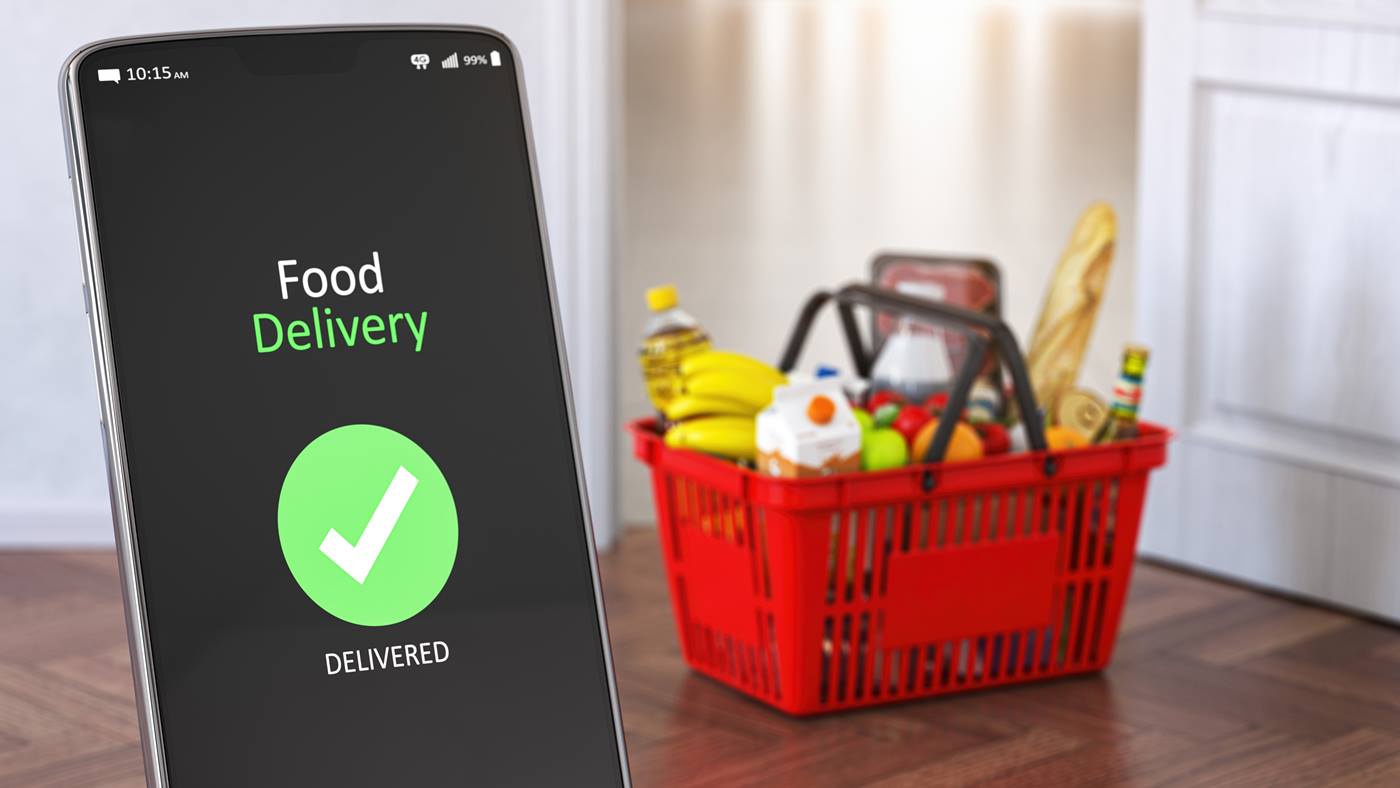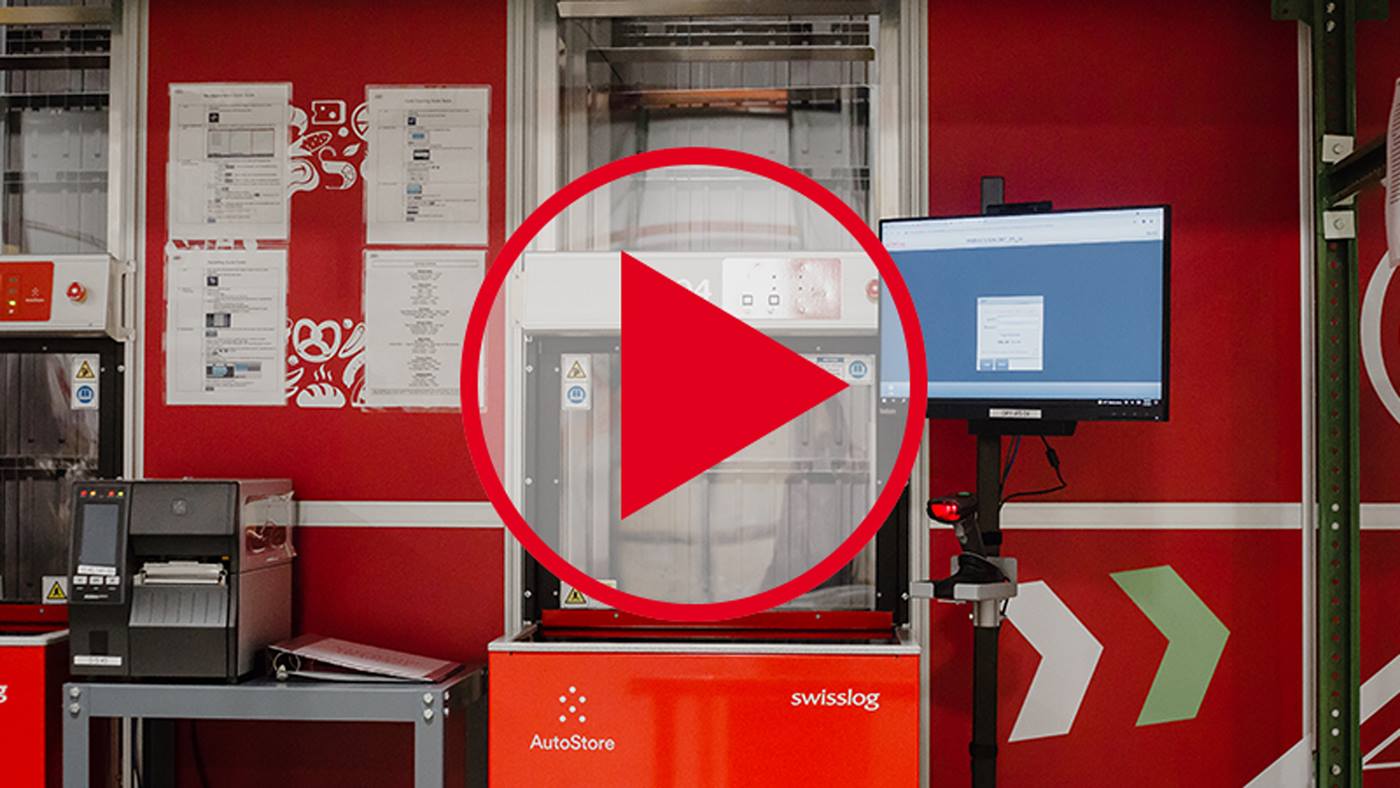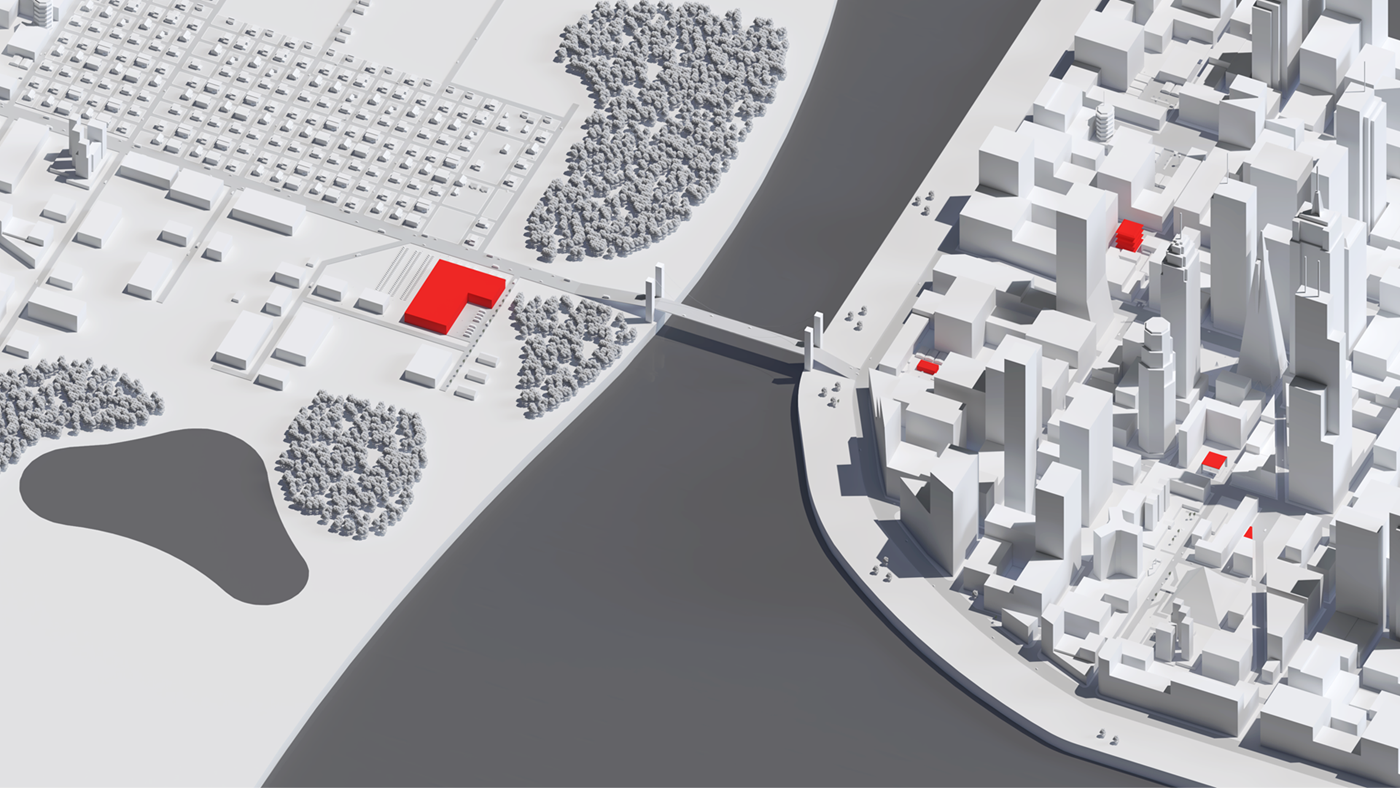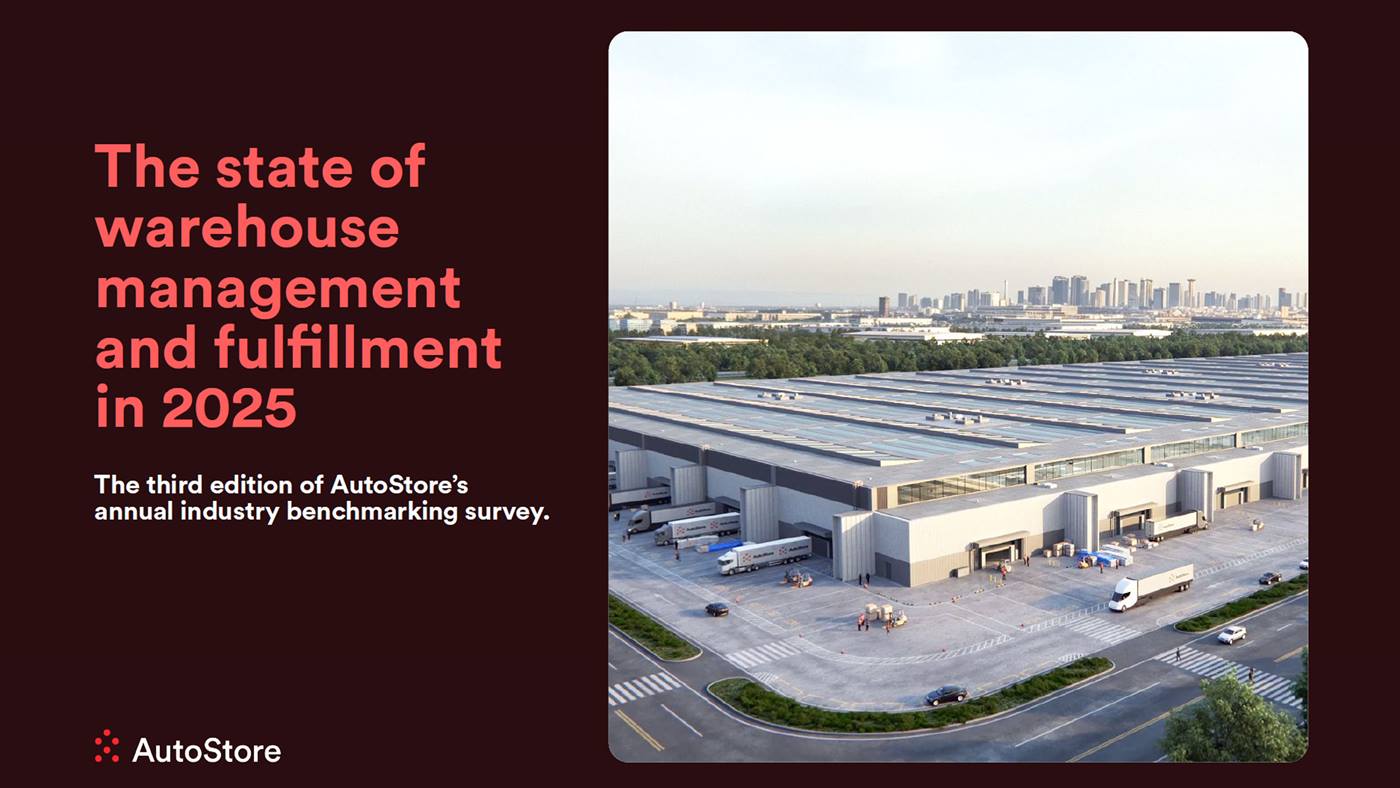Ready to Move Forward with E-Grocery Automation? This New E-Book Can Help.
Colman Roche
07 March 2022
Reading Time:
3 min.
The growing demand for e-grocery services is driving increased consideration of automated micro fulfillment centers (MFCs) and e-grocery fulfillment centers (EFCs).
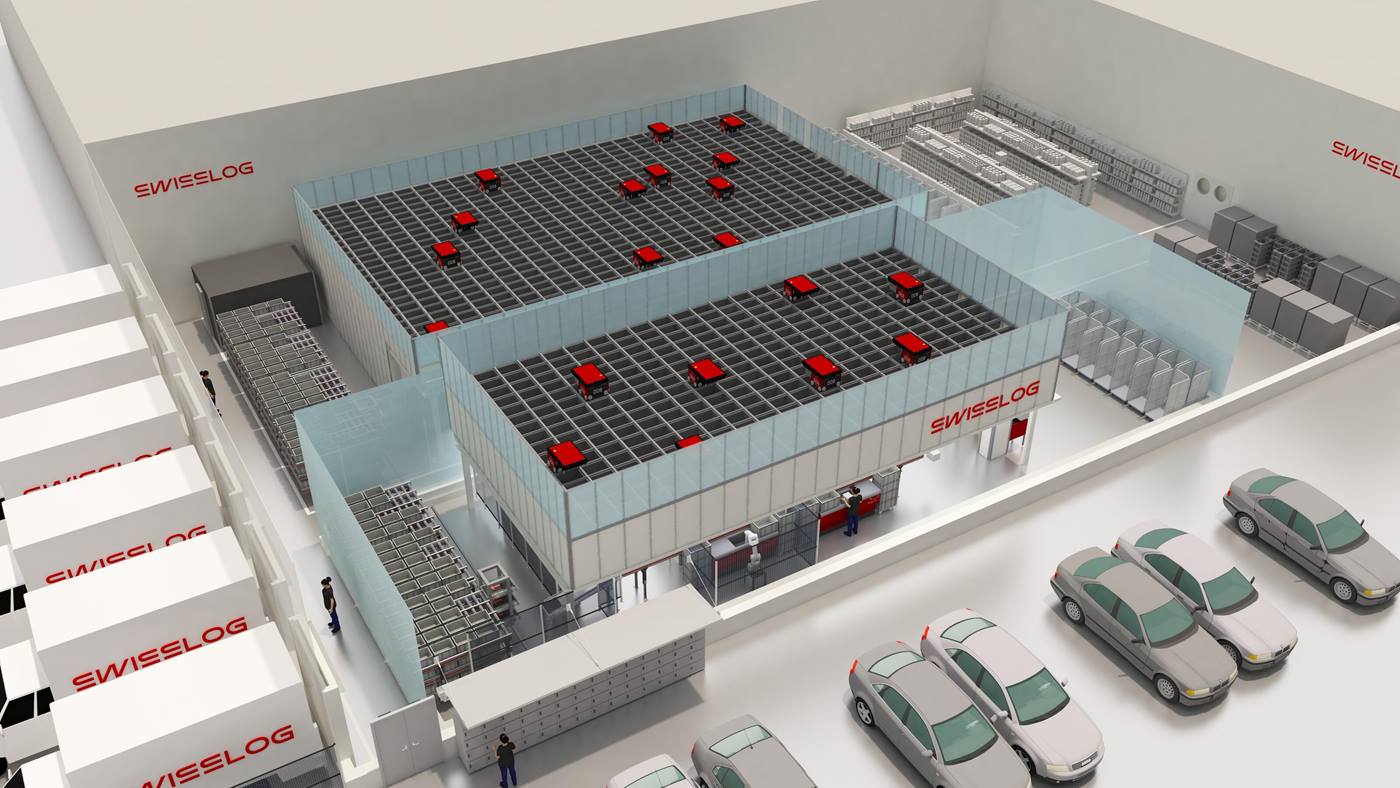
The MFC concept first surfaced as a strategy for automating e-grocery fulfillment in the early days of the pandemic when demand for e-grocery service overloaded grocers’ ability to fulfill online orders through manual picking from store shelves. But, for the most part, there was more talk than action.
Uncertainty regarding how demand would change when restrictions were lifted, combined with the complexity grocers faced as they considered plans for automating fulfillment close to customers, caused most to delay the move to MFCs and EFCs. Now, however, with volumes at their current levels and rising, continued dependence on manual picking is becoming unsustainable and a growing number of grocers are moving forward with MFCs and EFCs to increase the efficiency of order fulfillment, enable faster fulfillment times and reduce in-store congestion.
As they do, they are finding that while e-grocery automation is still a complex undertaking, there is more knowledge and experience to help them navigate this complexity than there was two years ago. That’s because enough grocers have taken the leap into e-grocery automation that we know what works and what doesn’t.
As the e-grocery fulfillment partner with the most experience implementing successful MFCs and EFCs, Swisslog has captured this knowledge and experience in a new e-book, The E-Grocery Evolution: Moving Automated Fulfillment from Strategy to Execution.
This resource is designed to help grocers navigate key decisions, such as determining the right distribution strategy and selecting automation capable of meeting e-grocery’s demanding requirements, based on the experience of grocers who have implemented successful MFCs and EFCs.
We believe it's a must-read for every grocer evaluating the feasibility of e-grocery automation or moving forward with MFC and EFC strategies. To access the e-book, visit our resources page. If you need help refining your strategy or evaluating your automation options, contact us.




